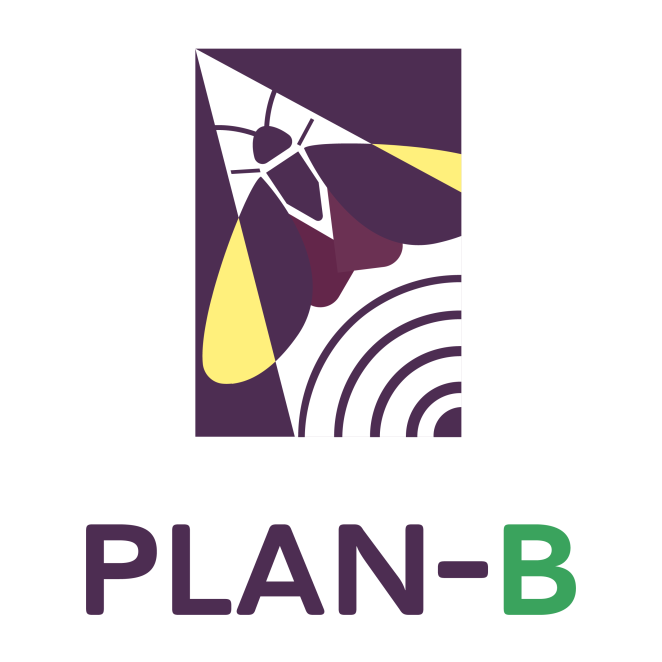Plan-B, The Path Towards Addressing Adverse Impacts of Light and Noise Pollution on Terrestrial Biodiversity and Ecosystems, aims to find evidence that challenges the effects of light and noise pollution on European ecosystems.
Learn more about Plan-B and their latest updates:
PLAN-B: Reducing Impacts of Light & Noise Pollution – Latest Updates
PLAN-B, The Path Towards Addressing Adverse Impacts of Light and Noise Pollution on Terrestrial Biodiversity and Ecosystems, aims to find evidence that challenges the effects of light and noise pollution on European ecosystems.
Over the past nine months, significant progress has been made in this direction, understanding the effects of light and noise pollution on terrestrial biodiversity and ecosystem services.

Knowledge Base for Light and Noise Pollution Impacts
We have developed a systematic workflow to collate data sources and information for the project’s knowledge base. This process incorporates AI and machine learning for search optimisation, data extraction, and analysis. Initial tests have been conducted, and the workflow was finalised. During this phase, we also published a paper on the impact of noise on birds, in collaboration with the EC RefMap project.
Light Pollution Mapping
The first version of a light pollution map covering the EU and UK using SDGSAT-1 data has been completed. With a 40-metre resolution, the map provides detailed insight into the of light pollution changes in Europe. We are also testing a georeferencing process for ISS wide-angle images and using new NASA software for high-resolution images.
On 26th September 2024, we hosted the first Citizen Science Workshop, aimed at introducing and launching the PLAN-B Citizen Science Application. This application is designed to measure artificial light at night (ALAN) and contribute valuable data to our light pollution map of Europe. You can watch the workshop recording here.
Noise Pollution Mapping
The UGent team has advanced noise pollution mapping, focusing on sound sources and propagation across Europe. Using the Harmonoise model, which accounts for factors like wind and temperature, the team enhanced the model for parallel computing. Data sources such as 10-metre resolution elevation data from Copernicus and the ERA 5 meteorological dataset have been integrated to support future simulations.
Social Science and Regulatory Research
We are investigating the psychosocial drivers of light and noise pollution, reviewing academic and policy outputs, and collaborating with the AquaPLAN project. Additionally, a database of regulatory instruments on light and noise pollution has been compiled, and our first article on light pollution regulations is now available as a pre-print.
Communication and Dissemination
The communication team has been building a community around the project, with a newsletter set to launch in September 2024. Subscribe to our newsletter for more project updates.
PLAN-B is Funded by the European Union under the Horizon Europe Programme, Grant Agreement No. 101135308 (PLAN-B). Research and Innovation Action HORIZON-CL6-2023- BIODIV-01, and the Participation of the University of Salford and UKCEH is supported by UK Research & Innovation’s Horizon Europe guarantee funding (grant numbers 10094373 and 10106103 respectively).
